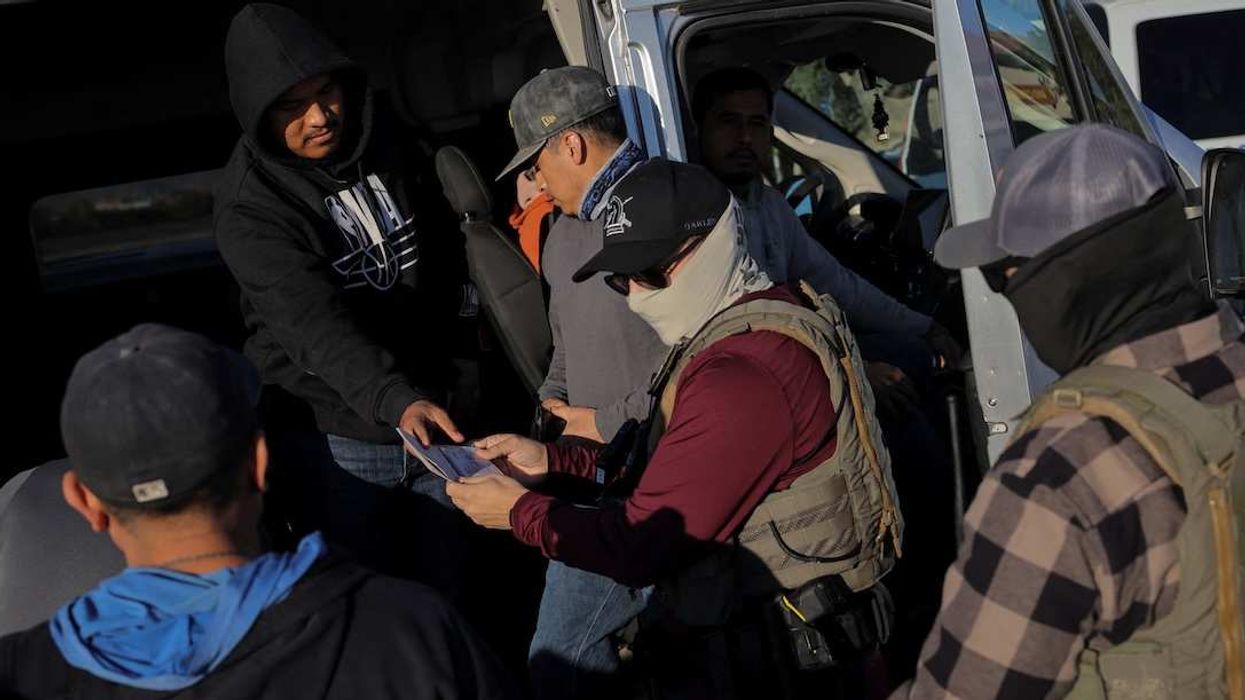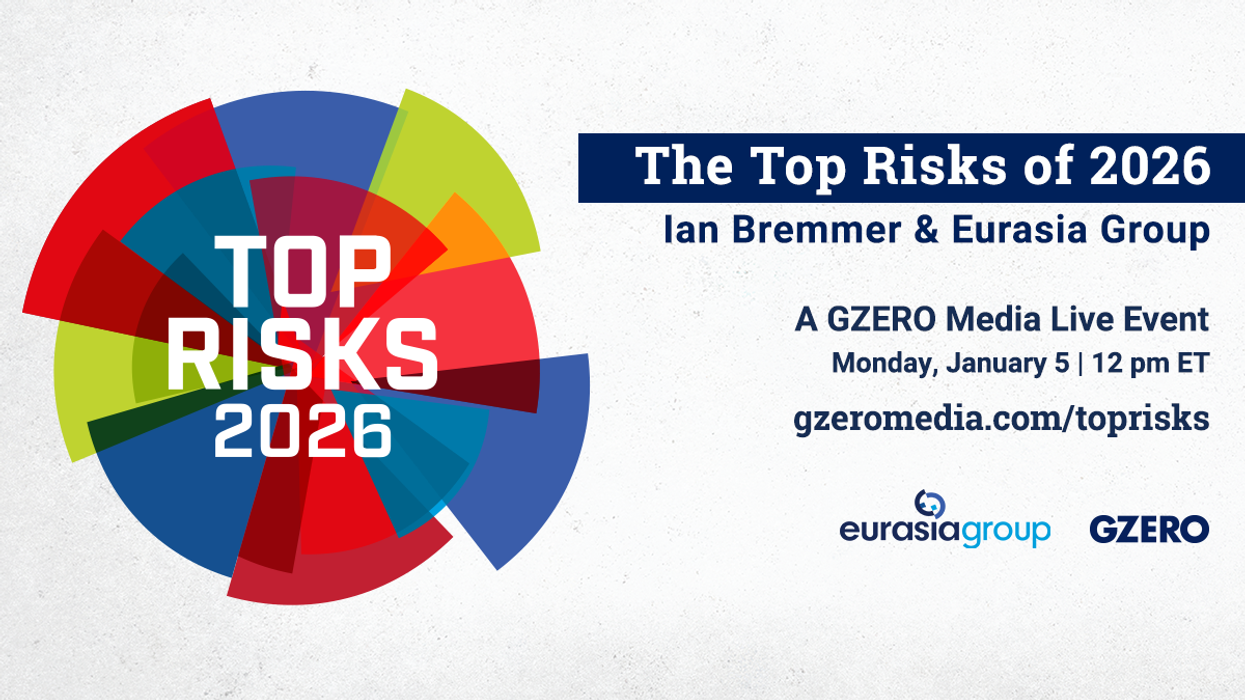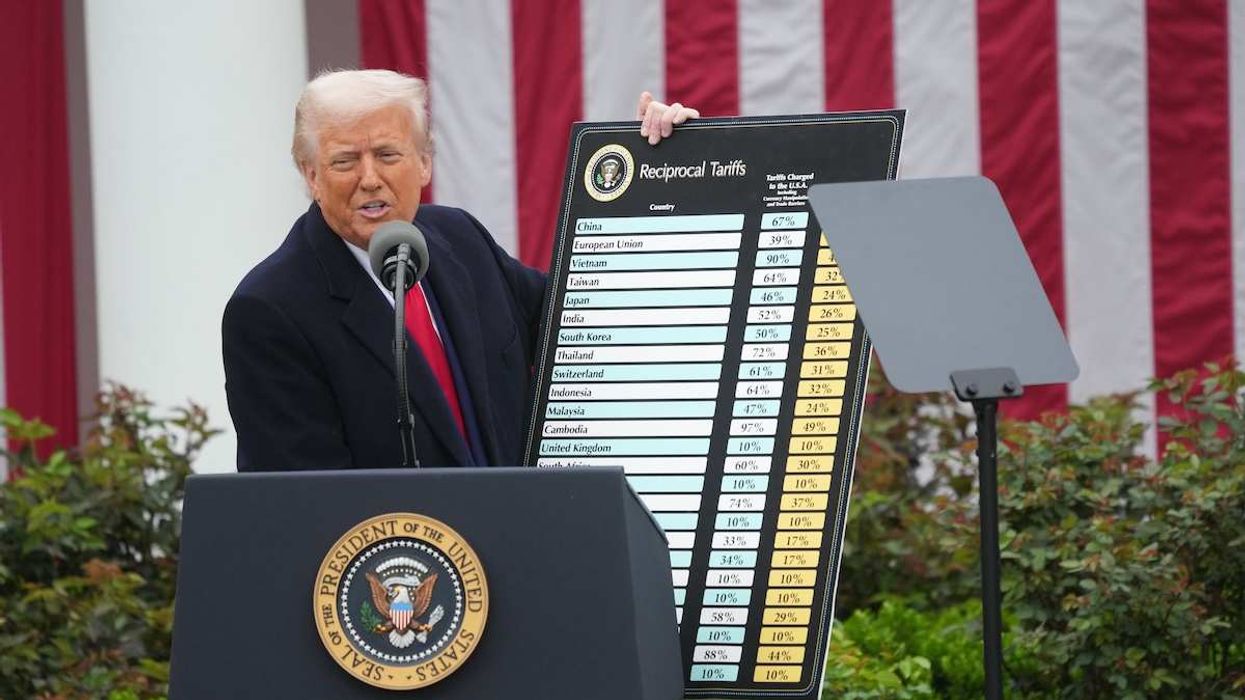The final week of the 2024 presidential campaign is upon us, with early voting in full swing, absentee ballots in the mail, and the polls too close to call. With seven days left before Election Day, here are the four things you need to know.
1. It’s going to come down to the seven swing states. The candidates need 270 electoral college votes to win, and some combination of Pennsylvania, Georgia, North Carolina, Michigan, Arizona, Wisconsin, and Nevada are likely to be the states that deliver the Electoral College to the next president.
Many states lean toward one party or are at least gerrymandered to make it likely their votes go that way. If both candidates win the states where they are heavily favored, Harris would still need 44 electoral votes from the tossup states to win, and Trump would need 51. Pennsylvania is getting the most attention because, according to election analyst Nate Silver, the candidate who wins Pennsylvania has more than a 90% chance of winning the White House.
Because of this, the two candidates are concentrating their efforts on the swing states in the last week. Kamala Harris visited Ann Arbor, Michigan, on Monday, and her running mate Tim Walz held down the fort in Wisconsin. Meanwhile, Donald Trump held a rally in Atlanta, Georgia.
Because of this, the two candidates are concentrating their efforts on the swing states in the last week. Kamala Harris visited Ann Arbor, Michigan, on Monday, and her running mate Tim Walz held down the fort in Wisconsin. Meanwhile, Donald Trump held a rally in Atlanta, Georgia, and JD Vance also went to Wisconsin, where he defended racist comments made by speaker comedian Tony Hinchcliffe at the Madison Square Garden rally. Hinchcliffe called Puerto Rico a “floating island of garbage.”
“We have to stop getting so offended at every little thing in the United States of America. I'm just — I'm so over it,“ said Vance.
2. It’s incredibly close. The New York Times reports that polls are getting even tighter in the final days of the campaign, with Harris ahead by just one point nationally. In the swing state polls, neither candidate has a lead that exceeds the margin of error.
3. Both candidates are making their closing arguments. Harris will deliver a speech at the Ellipse in Washington, DC, on Tuesday evening that is expected to draw nearly 20,000 people, rivaling the size of Trump’s rally in Madison Square Garden on Sunday.
In New York, in the last major event of the campaign trail, Trump and his allies’ speeches were full of anger at the political system and used rhetoric that railed against the state of the economy and immigrants – often in openly racist terms.
At the rally in DC, Harris will stand at the same place where on Jan. 6, 2021, Trump delivered remarks to his supporters who went on to storm the US Capitol. The location choice is no accident, as Harris is expected to make her last major speech about Trump posing a threat to democracy. Whether that will motivate voters to the polls is up for debate, as recent Gallup polling shows that the economy is the biggest issue for voters, followed by democracy, national security, and potential Supreme Court picks.
4. Expect results a lot sooner than in 2020, when the last election took nearly five days to decide because more than 43% of all ballots were mailed in due to the COVID pandemic.
Since then, many states have updated their policies to allow them to start counting absentee ballots before Election Night – including swing states like Michigan, Nevada, Arizona, Georgia, and North Carolina – and fewer absentee ballots are expected overall. The fact that the election is likely to hinge on just a few states means that a result could be clear by the middle of the night or by early morning the next day.
The only hold-ups could come from Pennsylvania and Wisconsin, especially if the election is very close because neither state allows for envelope processing to begin before Election Day.



















